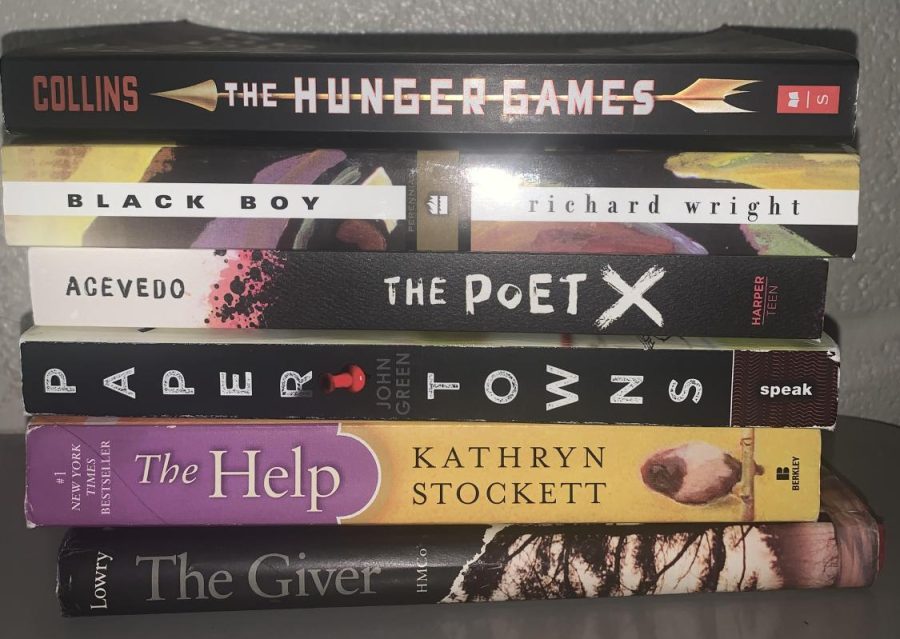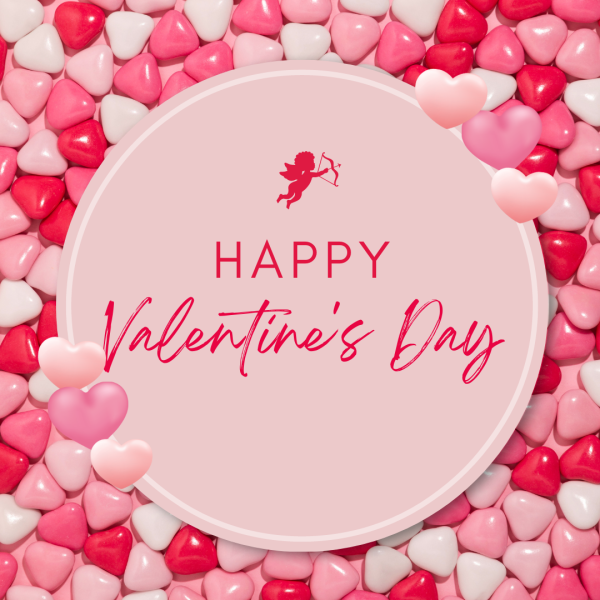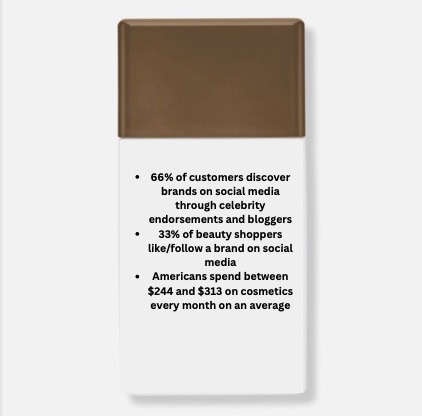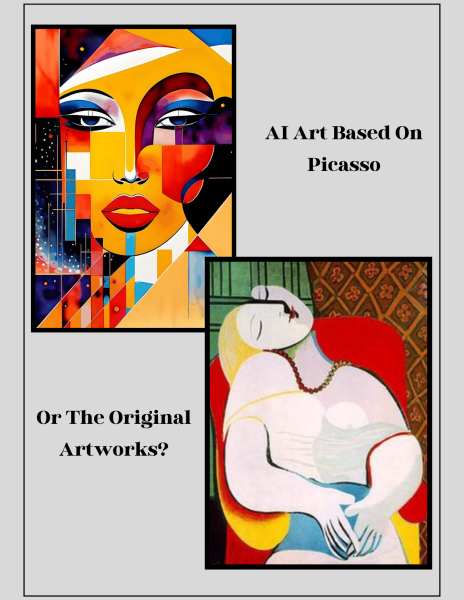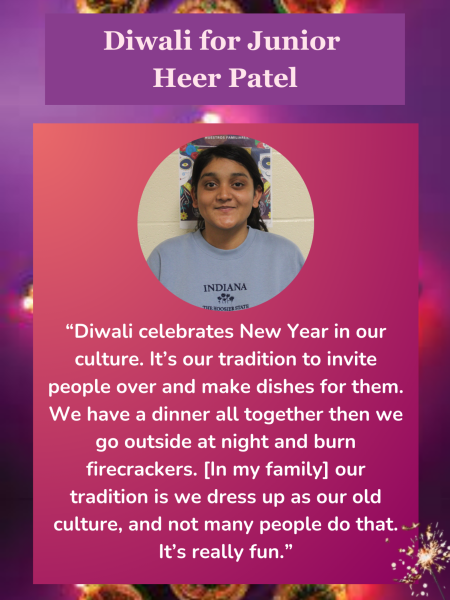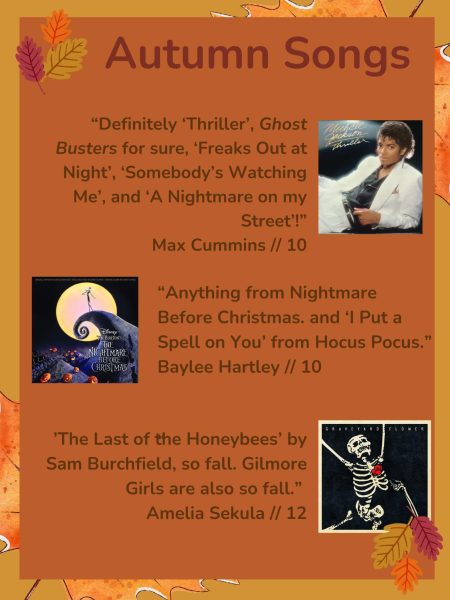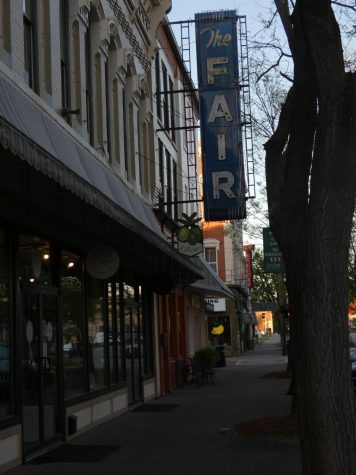The ban on education
How and why books get banned, and how educators and students feel about it
February 7, 2023
From classics to children books, banning books has become a big part of today’s education system.
“I think books get banned because of religious beliefs and bias more than anything else,” English teacher Nathan McGarvey said. “Lack of understanding could be right up there, too.”
The book banning process starts with an individual issuing a challenge against the book, usually a parent, sometimes a librarian. To issue a challenge against a book is to attempt to remove or restrict materials, according to Duke University.
“I think it’s kind of pathetic and shows how afraid we are of other people,” senior Ryley Kennedy said.
Kennedy considers herself a big reader, saying she reads mostly fiction of all kinds.
“Most people don’t/won’t/can’t read a story to actually understand what it means; people just read a story and are offended by the content, when the content is almost always satire,” McGarvey said. “People don’t always like thinking that much,” McGarvey said.
92.5 percent of books get banned due to sexual content. 61.5 percent for offensive language, 26 percent for religious viewpoint, and 23.5 percent for LGBTQ+ content, according to First Amendment Museum.
“Just about every book that’s out there has been banned or challenged,” English teacher Suzanne Ponder said.
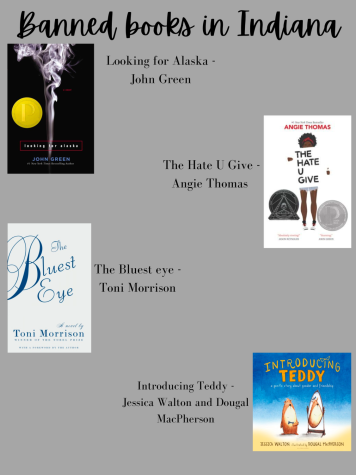 Ponder says that if a parent has an issue with a book being taught or doesn’t want their child to read it, she gives an alternative book for just that student to read. This way the entire plan doesn’t have to be changed but the parent is still listened to and the child can still be included.
Ponder says that if a parent has an issue with a book being taught or doesn’t want their child to read it, she gives an alternative book for just that student to read. This way the entire plan doesn’t have to be changed but the parent is still listened to and the child can still be included.
“Sometimes parents think that it’s their role to teach their child about how to handle a situation or what to do,” Ponder said. “So I can see a parent perspective but I also think there’s a lot of nitpicking, you know one or two sentences out of context for the entire piece.”
Some people argue that while parents have the right to restrict what their child reads, they can’t restrict what everyone reads.
“Even books or materials that many find ‘objectionable’ may have educational value and the decision about what to use in the classroom should be based on professional judgements and standards,” The National Coalition against Censorship said.
Between July 1, 2021 and June 20, 2022, 674 banned book titles (41 percent) explicitly address LGBTQ+ themes or have protagonists or prominent secondary characters who are LGBTQ+, 338 banned book titles (21 percent) directly address issues of race and racism and 141 banned book titles (9 percent) are either biography, autobiography, or memoir, according to Pen America.
“I think it [banning books] takes the narratives of actual people out of their hands to give us a satanized view of reality that makes certain people the heroes and certain people the villains over and over again,” Kennedy said.
The most frequently banned book in America is 1984 by George Orwell, according to The First Amendment Encyclopedia. In 2021, there were 1,597 books banned and removals. Most of those banned books were classics and LGBTQ literature, according to Click-on Detroit.
“Every single teacher is aware of it [banned books] and is constantly thinking about it,” Ponder said.
In September of 2022, Jeffersonville Township Public Library celebrated banned book week. Not only did they keep banned books on their shelves, they highlighted the books they have that are banned.
“The past couple years, it’s just really been brought to the forefront — I don’t believe anyone should tell anyone else what they can and can’t read,” Librarian Jen Weidner said in an interview with WDRB.
The Kite Runner, Great Gatsby, and To Kill a Mockingbird are all books that have been banned or challenged that Southern Indiana schools, including New Albany High School have taught.
“My experience [teaching challenged books] is hit or miss,” McGarvey said.

